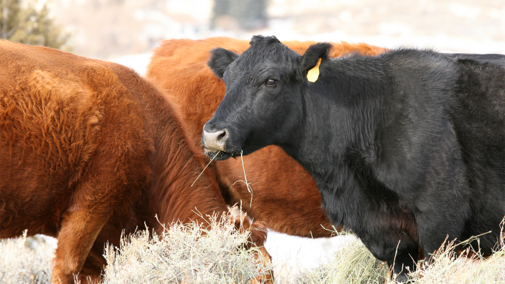Pasture Lease Consideration
As pasture grazing leases are getting finalized for the 2024 season, it is important to make sure that some of the key details are clear and in writing.
Traditionally, pasture leases are for five or six months from April or May through October. Specific starting and ending dates can be used, but there could be exceptions based on spring weather conditions or if there were drought conditions the previous year that might warrant delaying turn-out to allow some recovery of grasses.
A lease clause that provides details on what would happen if drought occurs during the season is a must. Most often, this is handled by reduced stocking rates or a shorter grazing period. Other situations that could affect the amount of pasture available includes severe hail, grasshoppers or wildfire. In fairness, of course, pasture rent owed should also be adjusted accordingly if the grazing period is shortened. Consider pricing leases based on grazing animal unit months (AUMs) rather than a flat rate per acre or cow-calf pair. This can make it easier when adjustments are made to the length of time grazing occurs. In some cases, an abundance of pasture growth might result in extra grazing.
Other pasture and grazing management details that could be part of a written lease agreement would include fence maintenance and repair, weed control or any issues associated with the livestock water supply. Some landowners might also have specific preferences in how grazing rotations are done through several pastures.
Start your communications early and make written agreements for fairness and equity. A fillable lease form for pasture is available on Ag Lease 101.
Winter Hay Worries
Grass tetany and nitrate poisoning are issues that we typically associate with animals grazing. However, both issues can be a problem in winter when animal diets are limited by what they are fed. Is your herd safe from possible hay worries?
Tetany occurs when an animal’s diet doesn’t have enough magnesium to meet nutritional needs. Complications with milk production and increased magnesium demand can make this imbalance even worse during lactation.
Grass, alfalfa and cereal grains harvested for hay can all be low in magnesium. Getting a hay test with mineral analysis can easily show if this is an issue we need to worry about. If tests come back showing less than 0.15% magnesium, the hay is deficient. Other mineral interactions that can worsen tetany are low calcium (2.5%).
If your test comes back with issues, consider switching over to a high calcium and magnesium mineral. Most options use magnesium oxide, which is bitter tasting and can reduce animal consumption. Consider mixing with a protein or energy supplement or mixing with distillers grain or soybean meal to improve consumption if it’s not at target levels (for a 10-13% magnesium mix, this is four ounces per head).
Another concern to keep an eye on is nitrates. Forages high in nitrate that were harvested for hay will not see a significant reduction in nitrate levels after curing. Any hay that we suspect being high in nitrate should be tested and if high, fed as a reduced portion of the diet to prevent an issue with toxicity.
Tetany and nitrates in the winter aren’t problems that often jump right to a producer’s mind, but they can be a serious issue, especially when an animal’s diet is limited to what they are fed. Properly testing hay and adjusting mineral and diets to minimize risk can keep your winter hay worries at bay.

